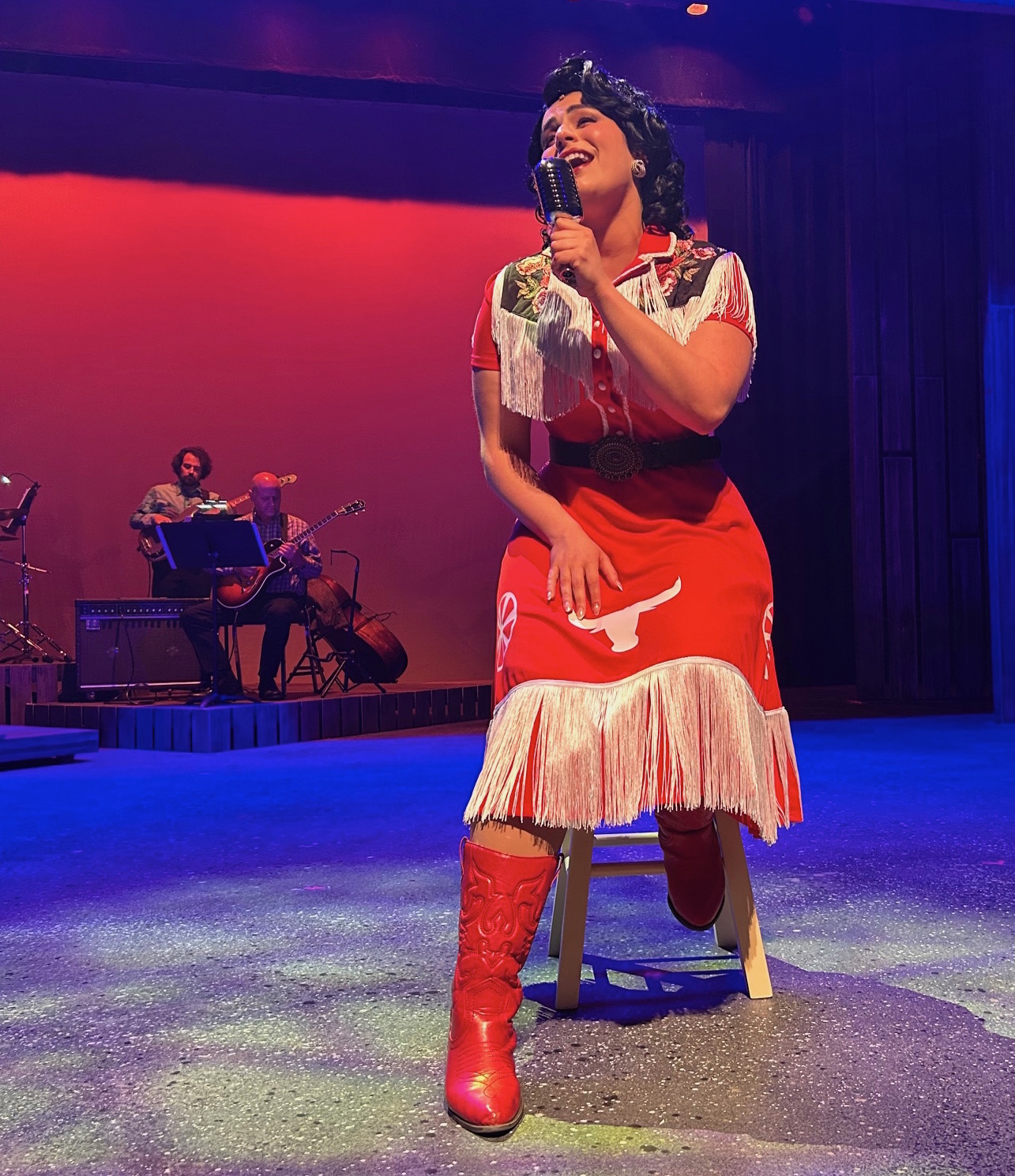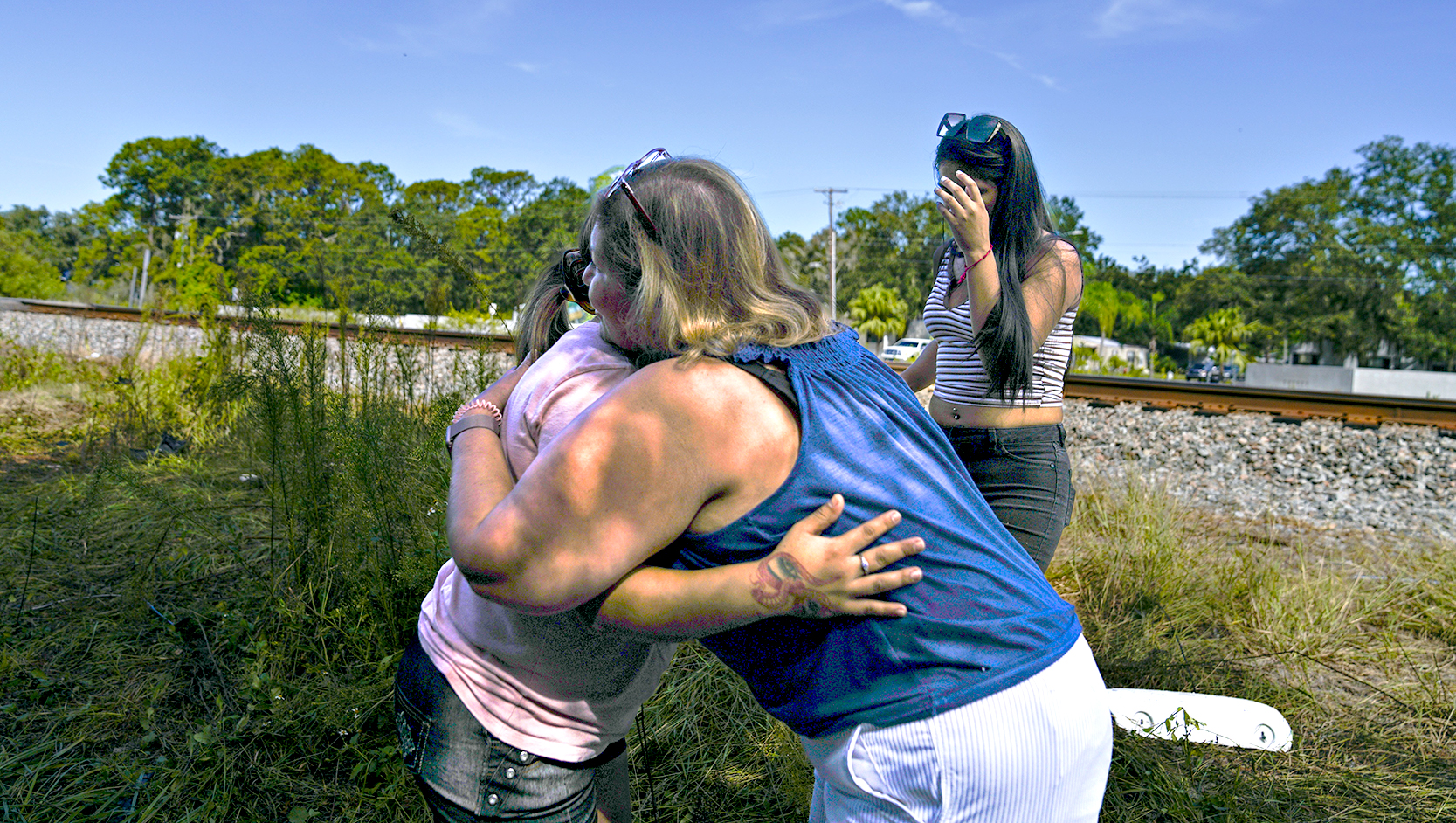Wildflowers of North Florida
Published 7:44 am Monday, April 21, 2008
By Carolyn Saft
Suwannee River Partnership
Education Coordinator/Horticulture Agent
Spring flowers are everywhere providing us an array of colors and fragrances. We all have our favorites and for me it is the layered look of the dogwood tree and the bounty of wildflowers.
The question sometimes arises with clients, “What is the difference between a weed and a wildflower?” A weed is defined by the Weed Science Society of America as “a plant growing where it is not desired.” A wildflower is defined by the Florida Wildflower Advisory Council as a “flowering plant species native to Florida with emphasis on herbaceous annuals and perennials.” Here is an example of where a plant can be both. A gentleman came into our office this week with a handful of Drummond’s Phlox (Phlox drummondii) – one of my favorite flowers. He asked “Will this weed make my horses sick if they eat it?” We looked up the information and decided my wildflower – his weed – was not poisonous to livestock and so the wildflower/weed became grazing forage for his horse. How’s that for multiple use?
The drive in the spring or summer between Live Oak and Branford on US Highway 129 is a feast for the eyes as you look on the sides of the roads at all the wildflowers. These plants are beneficial for controlling soil erosion and providing habitat for pollinators. In addition, the Florida Department of Transportation plants wildflowers instead of grass along roadways to help reduce mowing frequency, which reduces maintenance costs.
I always look forward to a homestead south of McAlpin where the front yard is covered by a sea of Drummond’s Phlox right now and then will be followed by a spectacular show of Tickseed (Coreopsis), which by the way is our state’s official wildflower. I like this flower so much that I named my golden retriever Coreopsis. We call her Corie for short.
I stopped one day at the edge of field and was taking pictures of Corie with the Coreopsis field in the background. Not wanting to get in trouble for trespassing, I stayed close to the road. A lady drove up and said “it’s OK if you go closer, it’s my folks’ place and they are used to people stopping and taking pictures”. So could wildflowers also be a tourist destination and an opportunity for Agri-tourism?
Look for these other plants as you drive around the county this spring and simmer: Lyreleaf Sage (Salvia lyrata), Blue-Eyed Grass (Sisyrinchium angustifolium), Standing Cypress (Ipomopsis rubra) and Purple Love Grass (Eragrostis spectabilis).
There are over 3,000 wildflowers found in Florida, so keep an eye out for them in your travels.
Extension programs are open to all people regardless of race, color, sex, religion, disability or national origin. In accordance with the Americans with Disabilities Act, any person needing a special accommodation to participate in any activity should contact the Suwannee County Cooperative Extension Service at 1302 Eleventh Street, SW, Live Oak, Florida 32060 or telephone 386-362-2771 at least five working days prior to the event. Hearing impaired can access the foregoing telephone by contacting the Florida Relay Service at 1-800-955-8770 or 800-955-8772 (TDD).





